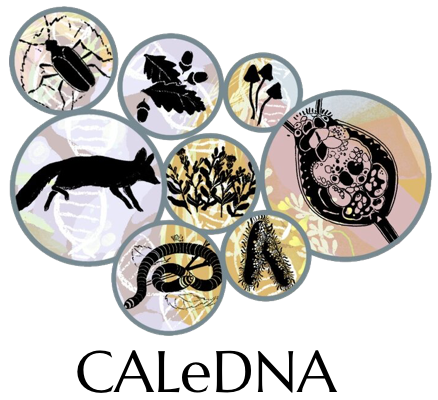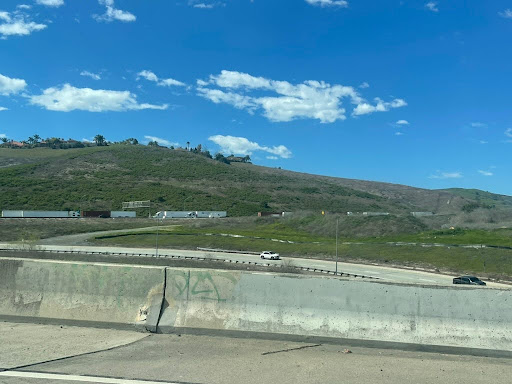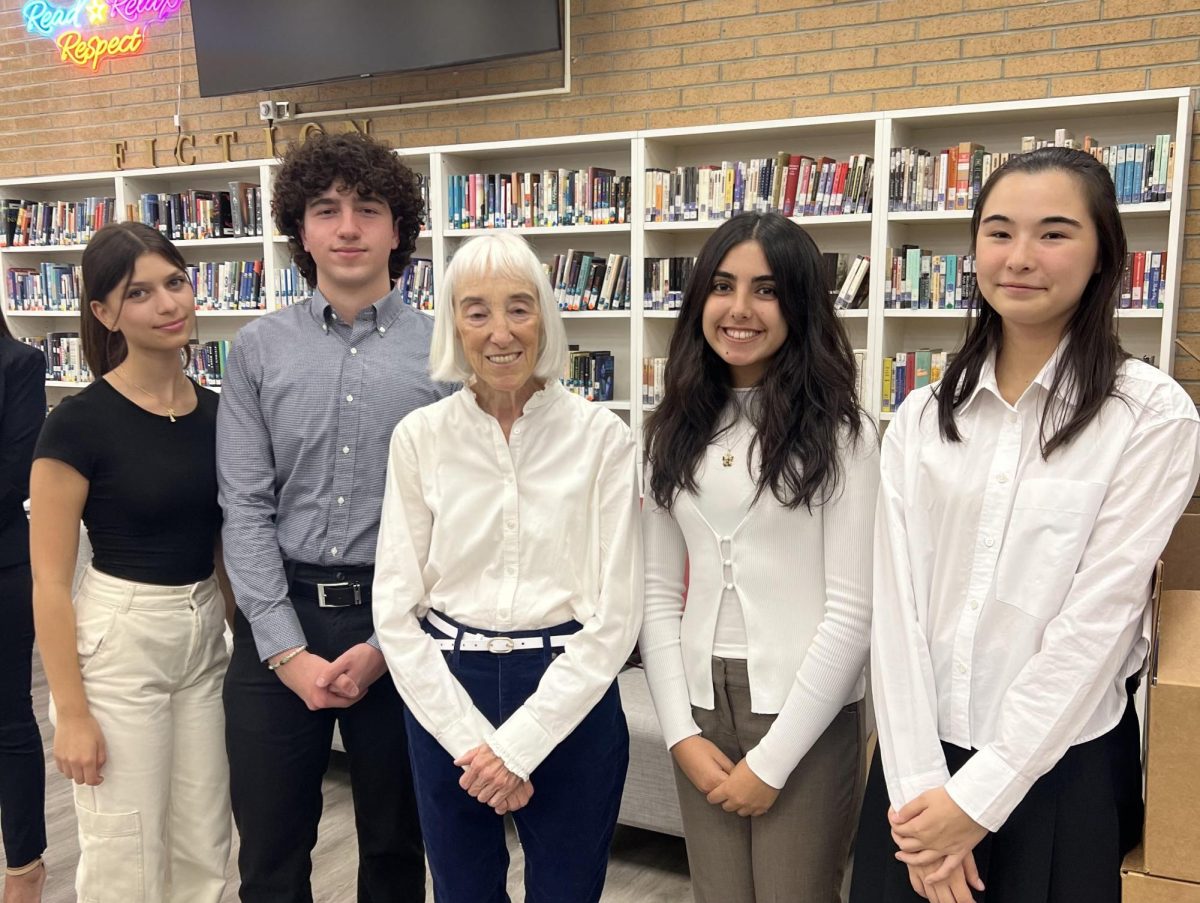
Our beautiful state of California is a place of incredible biodiversity, holding more species than any other state in the USA. For the past few years, an organization has been working to capture a picture of the diversity of this region through modern technology. This group is called CALeDNA.
Environmental Deoxyribonucleic Acid, known by the acronym eDNA, is genetic material found within our surroundings. The process of collecting and analyzing this eDNA is now highly advanced, and it’s an incredible tool for data gathering about the environment.
This can provide scientists with a detailed and accurate picture about the plants and animals that live within a region. CALeDNA is a group set up to use this technology, as they are conducting a biological census of the entire state of California, via environmental DNA.
Despite the advanced state of this technology, the science is neither remote nor inaccessible. CALeDNA relies on volunteers to collect DNA, scooping up samples of sediment with spoon straws and gathering eDNA from water with plastic syringes. The actual data analysis is done by scientists in labs, of course, but the collection process is largely performed by citizen scientists, with some guidance from the CALeDNA faculty. I myself have volunteered on multiple occasions, collecting data from the LA River and the Arroyo Seco (which, incidentally, runs right next to NASA’s Jet Propulsion Laboratory).
Volunteering is something you can do as well. Bioblitzes are volunteer sampling events, and they are held fairly often. You can find when new ones are being planned simply by signing up for their newsletter. I recommend participating when you can, because it’s a great excuse to get out into nature and to help the pursuit of science.
Do what you can to help your local environment, Nitros!











